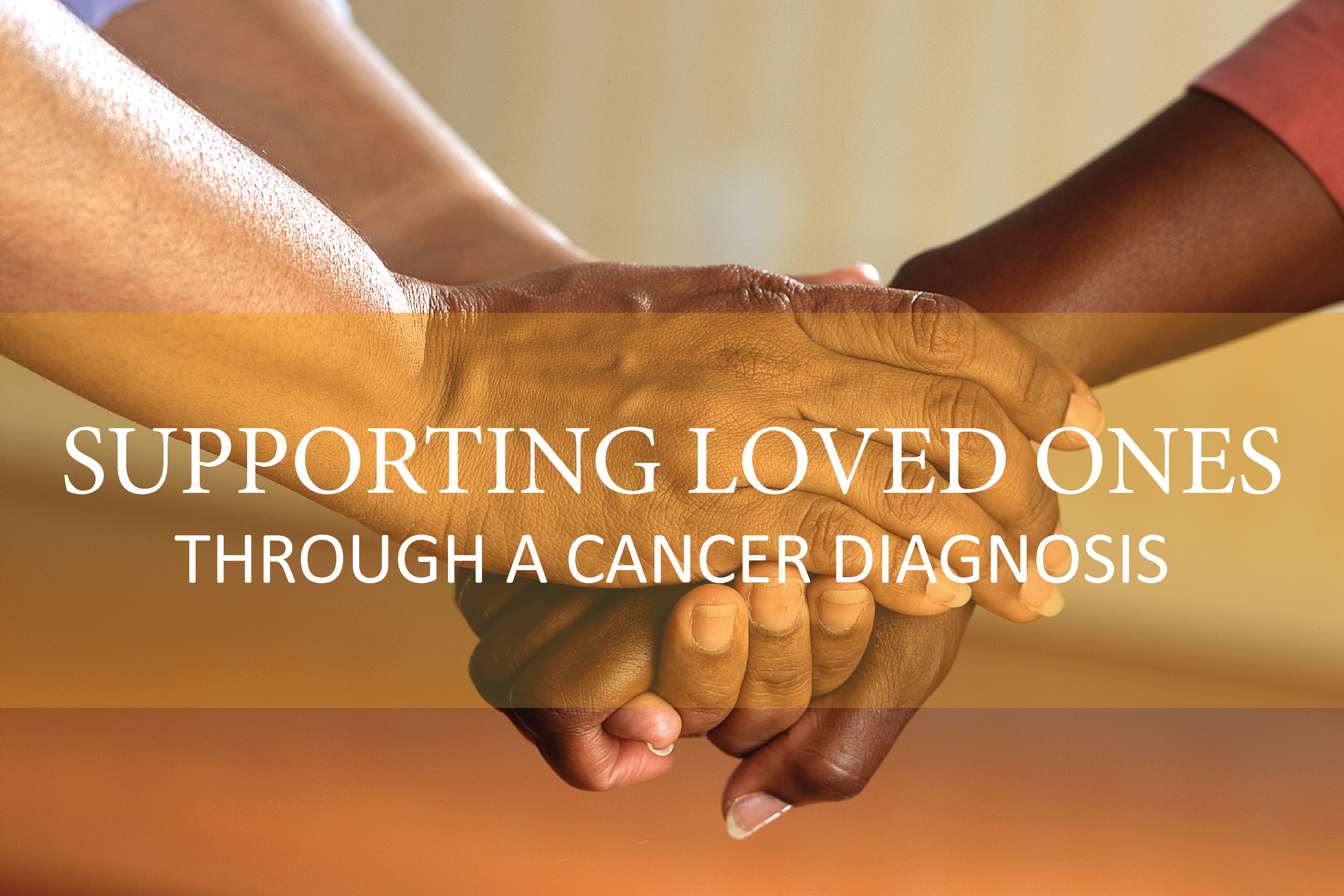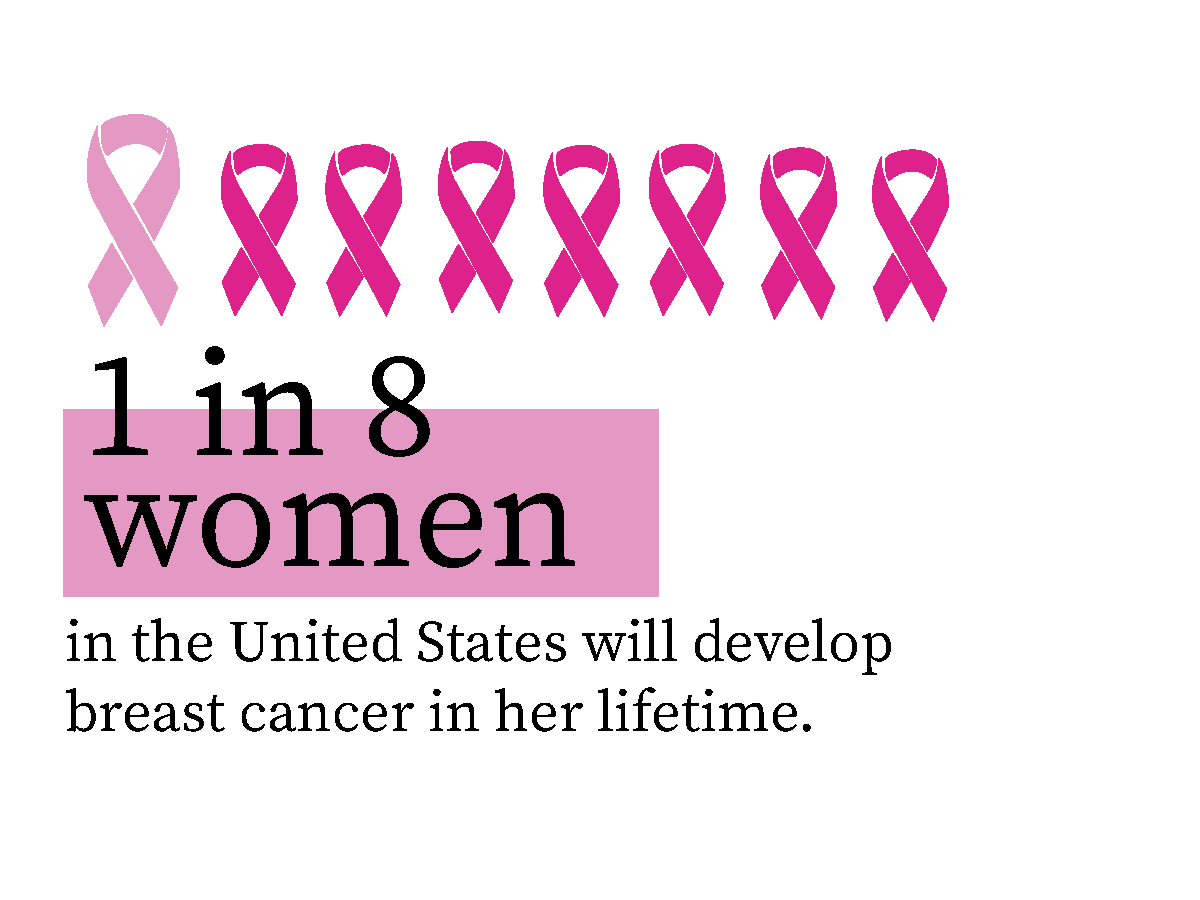
What are your New Year’s resolutions? Odds are, “exercising more” is somewhere on the list. If not, consider adding it. According to the National Cancer Institute, there is strong evidence linking higher physical activity to lower risk of cancer.
Anyone who has set a resolution knows how difficult it is to maintain them, so here are a few tips to help you successfully keep yours this year.
1. Understand Your Body
Understand what level of physical activity is appropriate for your age, gender and health. If you are dealing with a sickness or disease, consult your healthcare provider and get a physical medical exam before beginning an exercise routine. They may have recommendations on best practices or things to avoid you may not have known about.
2. Make a Plan and Set Realistic Goals
Once you’ve talked with your healthcare provider and agreed on an appropriate amount of exercise and exercise type, make a plan and set realistic goals for yourself. Don’t overreach. While ambition is great, make sure you start your plan with easy steps to follow. As you achieve your smaller goals, your chances of success increase and it will help you stay motivated to reach your ultimate goal.
For example, if your ultimate goal is to finish a 5k run, you can start building a plan that starts with shorter distances, and once you reach those smaller goals, you can increase the distance until you reach your ultimate goal of a 5k.
3. Make Exercise a Habit
Stay consistent. A key to reaching your exercise goals is sticking to your routine. Studies have shown that people maintain a consistent exercise routine in the long term if they make a habit of doing it regularly.
Furthermore, making a schedule or exercising at the same time every day are good ways to sustain your routine and make it last.
For example, you can make exercise a habit by planning to work out right after work every day or first thing in the morning. It’s important to choose a time that works best for you and stick to it.
Why is exercise so important?
An over-sedentary lifestyle increases the risk of developing chronic conditions and can lead to premature death. To name a few benefits, physical activity reduces the risk of cancer by reducing inflammation, improving the immune system’s function, helping maintain a healthy weight, and preventing high blood levels of insulin.
EXPERT CARE
No two situations are the same. That’s why our caring team of experts are here to provide you with a custom-tailored treatment plan that is unique to your diagnosis, tumor size, location and involvement. Click on the button below to learn more.










